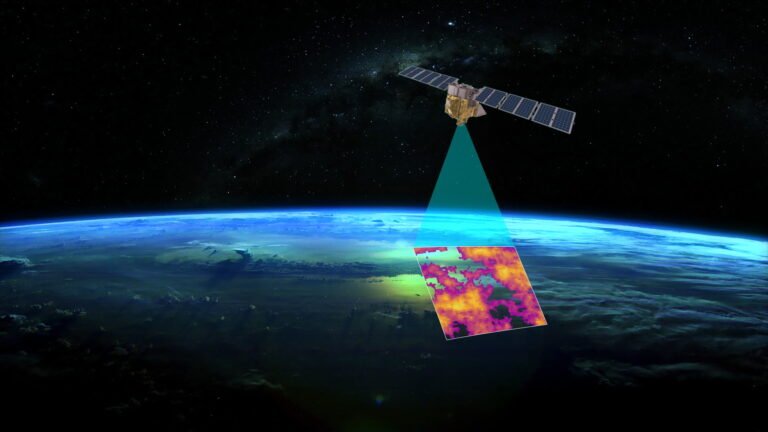The Loss of MethaneSAT: A Setback in the Fight Against Methane Emissions
MethaneSAT, a subsidiary of the Environmental Defense Fund (EDF) non-profit organization, has lost contact with a satellite developed to shed light on methane emissions that other tools cannot detect, with a focus on oil and gas operators as the largest industrial source of the methane menace.
MethaneSAT, a satellite designed to accelerate methane reductions, was launched on March 4, 2024, to glean insight into total emissions of the greenhouse gas (GHG) pollutant over wide areas that other satellites do not cover and identify large emitters in overlooked places.
Once the connection with the satellite was cut off on June 20, 2025, EDF’s subsidiary embarked on a quest to pursue all options to restore communications. This endeavor did not bear fruit as information came in about the loss of power; thus, the satellite is likely not recoverable.
Fred Krupp, President of Environmental Defense Fund, commented: “Without power to keep the satellite properly oriented to the sun, it was exposed to extremes of temperature far beyond what the electronics can tolerate, and the satellite is not recoverable. The engineering team is conducting a thorough investigation. This is expected to take time and we will share what we learn.
“This news is devastating and the whole team is in mourning. Solving the climate challenge requires bold action and risk-taking, and this satellite was at the leading edge of science, technology, and advocacy. We expected — and the world needs — the full scope of ongoing measurements and analysis of methane emissions, especially from the oil and gas industry, that the MethaneSAT mission was designed to provide as part of the constellation of satellites.”
MethaneSAT collected methane emissions data over the past year, as one of the most advanced methane tracking satellites in space, measuring methane emissions in oil and gas producing regions around the world.
The advanced spectrometers developed specifically for MethaneSAT are said to have met or exceeded all expectations throughout the mission, as algorithms and software enabled the highly sensitive instrument to see total methane emissions, even at low levels, over wide areas, including both large sources (super emitters) and the smaller ones that account for a large share of total methane emissions.
Following the satellite issue, the non-profit organization underlined: “EDF and MethaneSAT remain firmly committed to our core purpose of turning data into action to protect the climate, including reducing methane emissions from the global oil and gas industry.
“We will be working with partners around the world to leverage the algorithms and associated software as well as the now-proven high precision technology that was developed as part of the MethaneSAT mission so the world has access to high-quality actionable greenhouse gas emissions data on a global basis.
“We will continue to process data that we have retrieved from the satellite and will be releasing additional scenes of global oil and gas production region-scale emissions over the coming months. Solving the climate challenge requires bold action and risk-taking, and this satellite was at the leading edge of science, technology, and advocacy.”
The duo will also keep working closely with its partners to slash methane emissions and implement the goals of the Global Methane Pledge, the Oil and Gas Decarbonization Charter, Oil and Gas Methane Partnership 2.0, the United Nations Environment Programme’s International Emissions Observatory and Climate and Clean Air Coalition, and many other efforts the mission was designed to support.
“No amount of sugarcoating can hide the fact that we won’t have this full range and caliber of measurements and analysis, at least for some time, which will leave the industry less accountable for its future performance,” emphasized Krupp.

